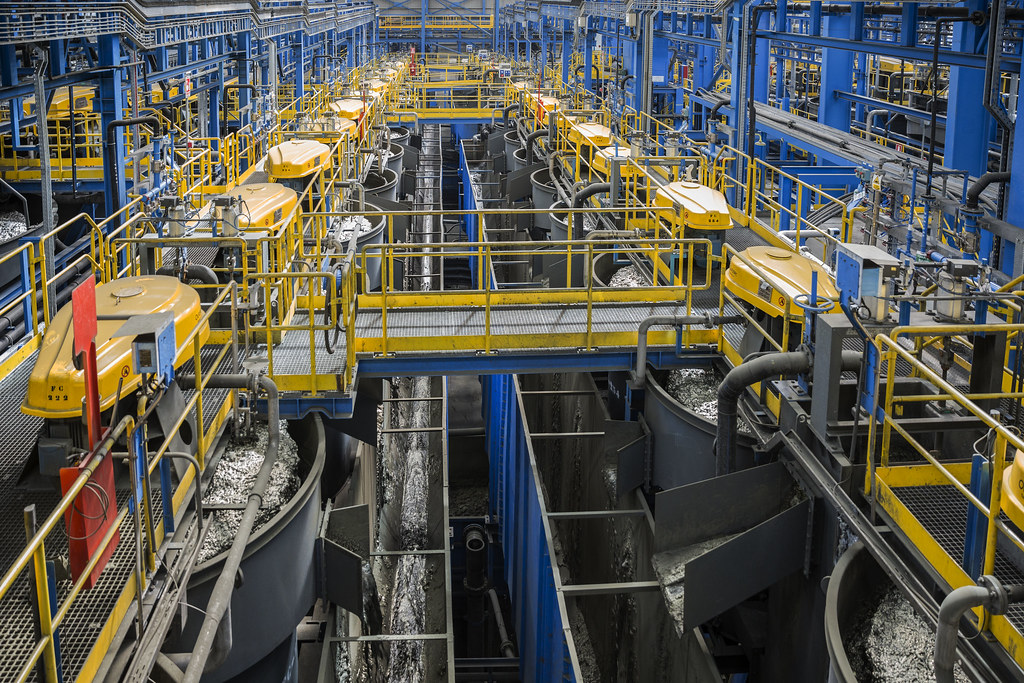The economic basis of capitalism is commodity production. In order to study commodity production dialectically, we must begin by studying its smallest self-contained unit – the commodity.
The commodity-form of the product of labour – or the value-form of the commodity – is the economic cell-form. To the superficial observer, the analysis of these forms seems to turn upon minutiae. It does in fact deal with minutiae, but they are of the same order as those dealt with in microscopic anatomy. (Marx, Capital Vol. 1)
A commodity is an article which is produced for the purpose of exchange. Previous economic systems, e.g. feudalism, were dominated by production for use. Whilst some articles were produced for exchange, this was not the main purpose of production. Capitalism is unique in that most articles are produced for the purpose of exchange. Commodity production is the dominant form of production under capitalism.
In order for a commodity to be exchanged, there must be a buyer willing to receive it in exchange for something else. Contained within the physical object, there must be some useful property which is needed or wanted by the buyer. This is referred to as the ‘use value’ of the commodity, e.g. a coat has a use-value as it can be worn to keep out the cold. A use-value is a distinct property of the object which is linked to the physical nature of the object itself.
To be exchanged, any commodity must have a use-value. Yet use-value is not the only value-property of the commodity. Any study of capitalism will show that commodities are not exchanged in accidental proportions. A certain amount (x) of commodity A (under certain social and historical conditions) will be exchanged for a certain amount (y) of commodity B.
X commodity A =Y commodity B
At first these proportions appear to be fixed simply by tradition. As their relationships are studied more closely, it is seen that they fluctuate according to the relationship of supply and demand – when demand outstrips supply, a commodity becomes worth more and when supply rises above demand, a commodity becomes worth less. It is argued that the worth of a commodity in terms of other commodities – its exchange-value – is to be found here. Although this theory explains short-term fluctuations in exchange value, it cannot explain the underlying value, about which these fluctuations happen. If this could be explained purely in terms of supply and demand then during a mild food shortage for example, the price of a loaf of bread would rise above that of a private jet.
For an equal relationship to exist between certain amounts of two different commodities there must be some common property of the two, something common to both by which they can be measured. This property is labour. All commodities are products of human labour, and it is this which binds them all together in the process of exchange.
Labour comes in many different forms. For example, the labour of a farmer is different from the labour of a banker. However, for the purpose of calculating value, all labour must be reduced to its simplest form, that of unskilled human labour of average quality. It is this abstract social labour in which the value of commodities is measured. Every form of complex, skilled labour must be reduced to a greater amount of abstract social labour depending on the levels of skill and training involved.
But what happens if two identical commodities are produced under different conditions by workers of equal skill and experience, one using traditional methods and the other with the aid of modern technology, expending half as much labour in the production of his/her commodity? Initially both commodities will have different prices, but these will be quickly equalised as buyers go for the cheaper commodity and the seller of the more expensive commodity is forced to reduce the price by the laws of supply and demand. Here is the socially necessary labour needed to produce a commodity and it is upon this that its value is based.



